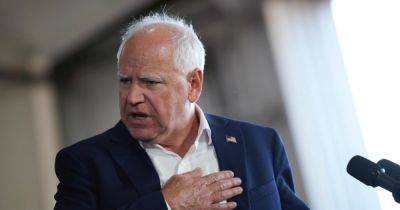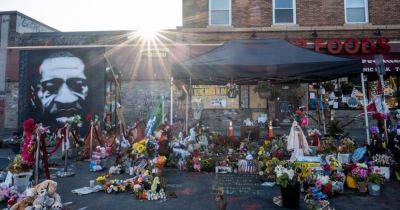Tim Walz’s Class Project on the Holocaust Draws New Attention Online
The prediction was spot on: Rwanda was barreling toward a devastating genocide.
It did not emanate from a think tank, but from a high school geography class in western Nebraska. The year was 1993. The teacher? Tim Walz, now the Democratic vice-presidential candidate and Minnesota governor.
Thirty-one years later, the class project is drawing new attention. Mr. Walz, a geography teacher at the time, had asked his students to take what they had learned about the Holocaust to predict which nation was most at risk for genocide.
“They came up with Rwanda,” Mr. Walz said, talking about the project at a conference last month. “Twelve months later, the world witnessed the horrific genocide in Rwanda.”
The project was reported on in a 2008 On Education column for The New York Times that has been widely shared in recent days. Mr. Walz had drawn the attention of the reporter, Samuel G. Freedman, for an earlier column because Mr. Walz was the only K-12 teacher serving in Congress at the time, Mr. Freedman said.
“While I was interviewing Walz for the initial column, he told me how the genocide project was one of his proudest moments as an educator,” said Mr. Freedman, who is now a journalism professor at Columbia University. That sparked Mr. Freedman to revisit the story later.
Mr. Walz, when he delivered the lesson plan, had been teaching global geography in Alliance, Neb., and had been chosen for a Belfer fellowship to the United States Holocaust Memorial Museum that was opening. Speaking at the conference last month, held by Esri, a company that makes G.I.S. software widely used in mapping, he said the project had a profound effect on his students and bred some cynicism.
“How could a bunch of students in western Nebraska, in Alliance,







